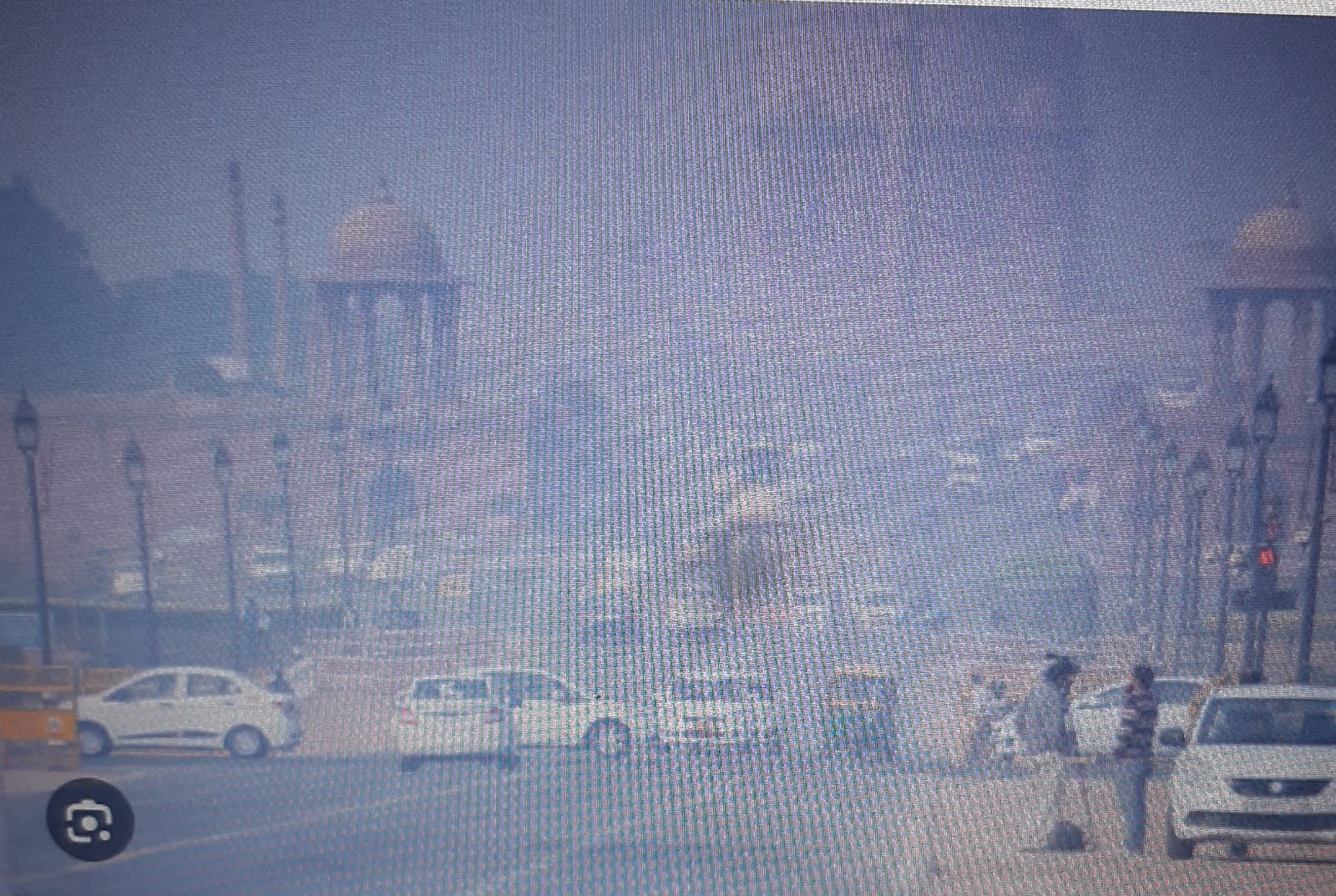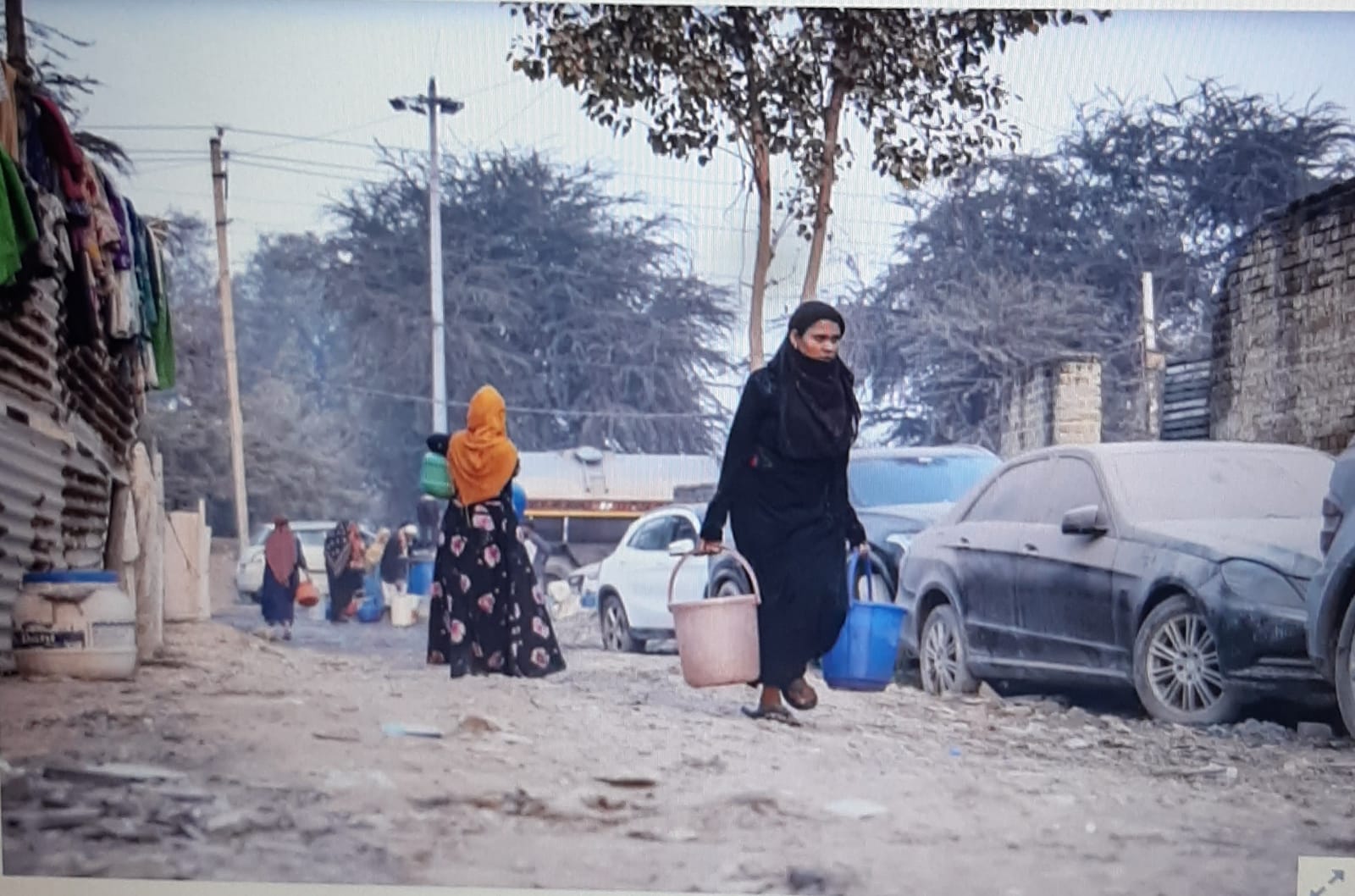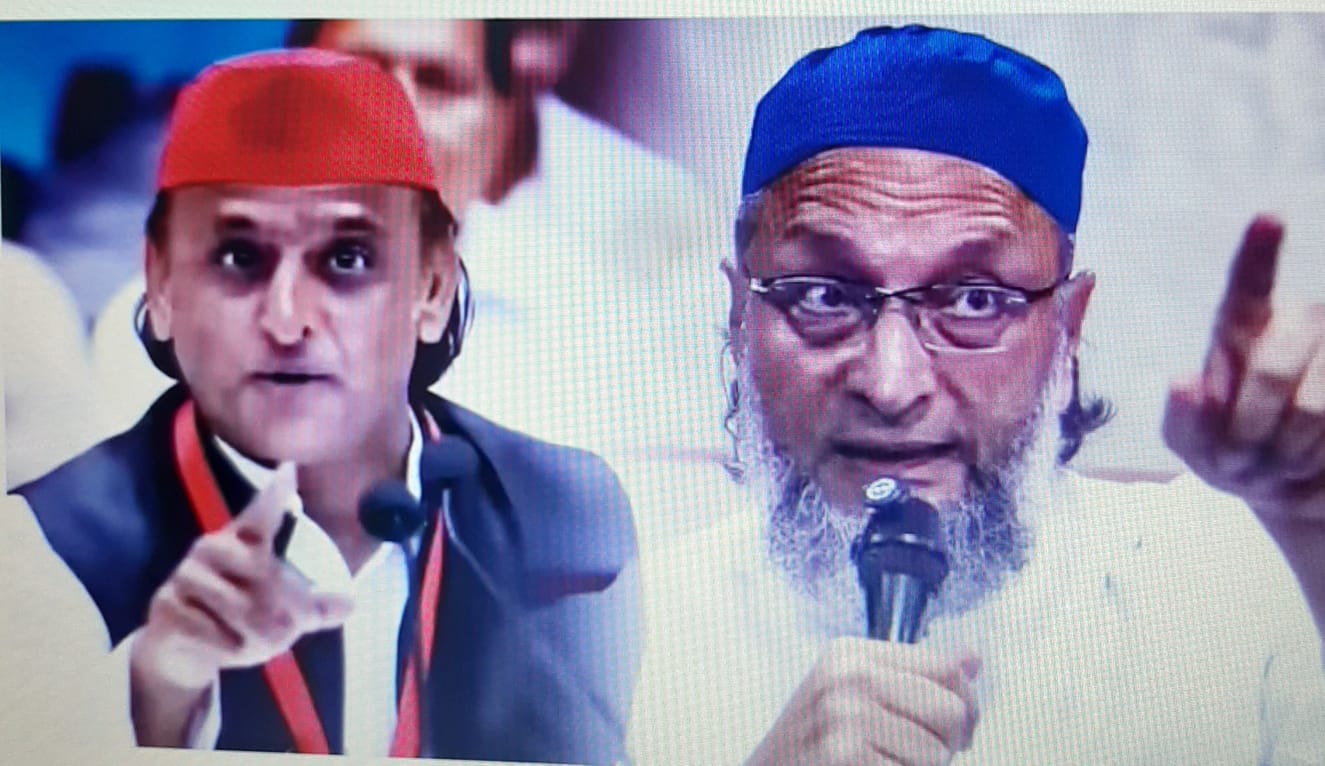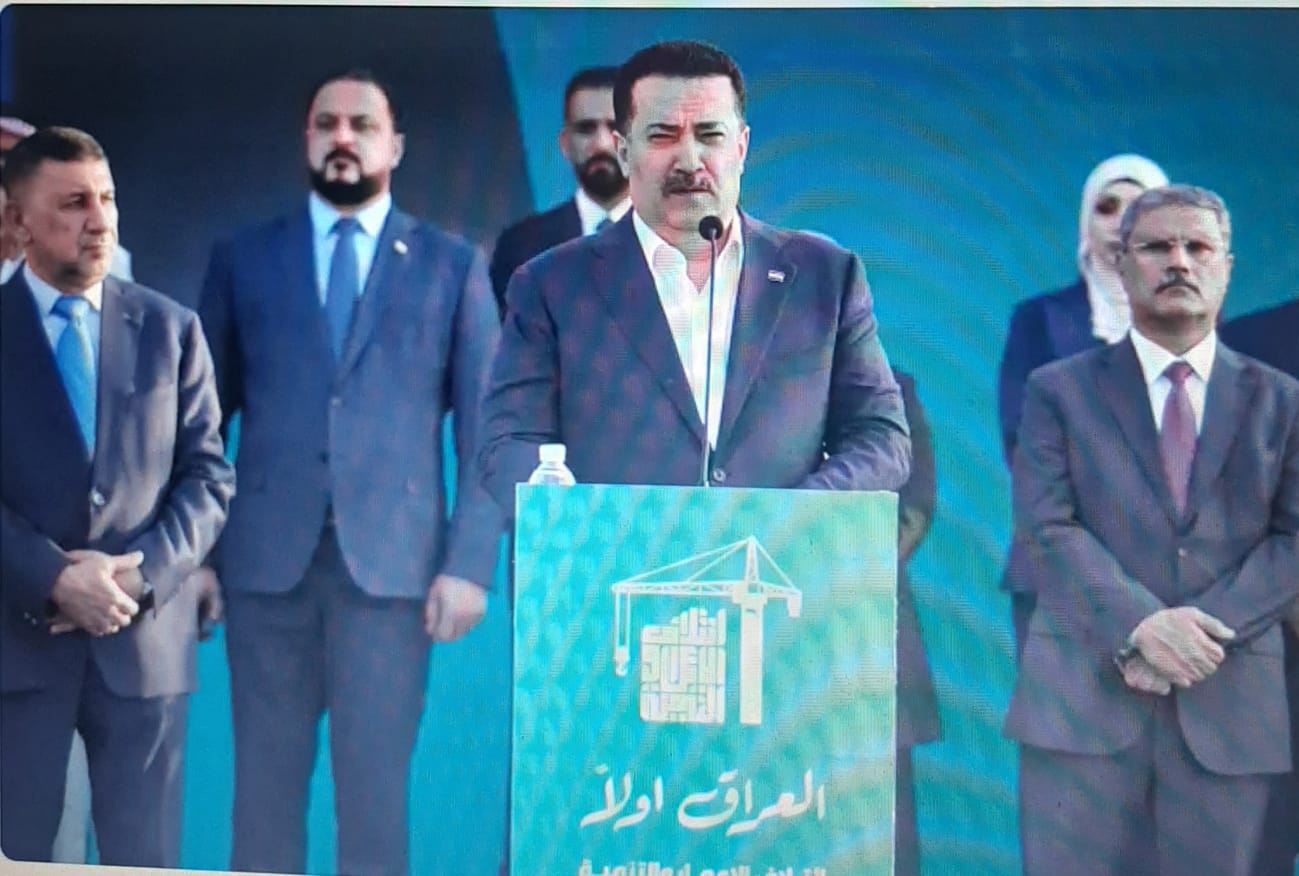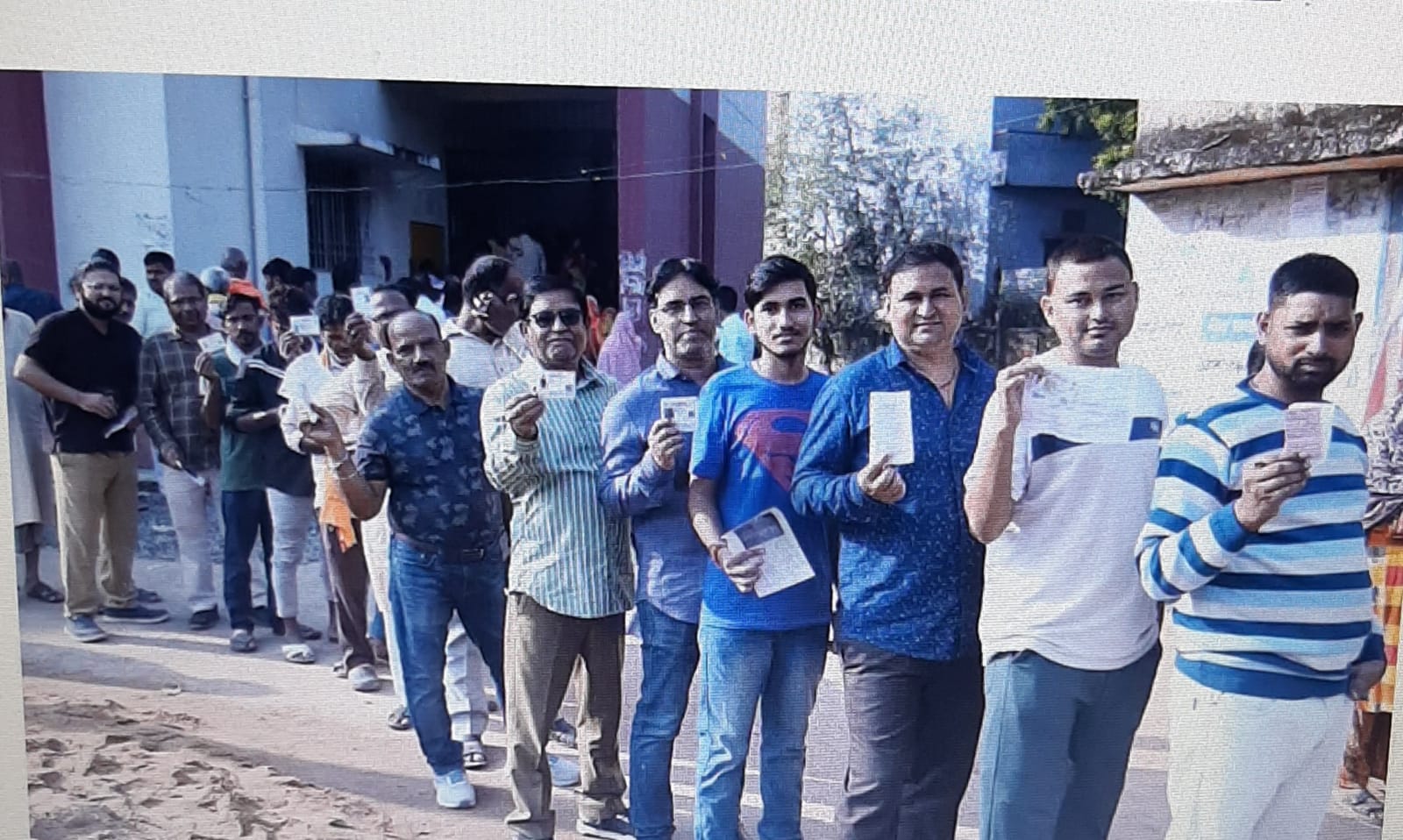
By Rajan Kumar
As Sri Lanka endeavours to overcome the enormity of the Islamic State (IS) coordinated terrorist attack which killed 253 people last month, there are reasons for the smaller states of Central and South Asia to be cautious and alarmed. This was a tragedy that no one anticipated to befall on an island nation with no history of Islamic radicalism. The ostensible purpose of the attack was to polarise society, destabilise the political regime and send a message across to the international community that the IS is still active and operational. It appears that the weaker states are the new targets of the IS mainly because the counter-terrorism mechanisms are inadequate, borders are open, and risks are minimal. It also busts a common myth that the main targets of the IS are either the states of the West, or the West Asian region.
There is a genuine concern that following their retreat from Iraq and Syria, the IS recruits may infiltrate into the states of Central Asia. It is estimated that more than 4000 youths from Central Asia joined IS to fight in Iraq and Syria. As their operations come to an end in those states, they might head towards their homeland. Their area of operation is likely to be in Uzbekistan, Kyrgyzstan and Tajikistan.
The secular states of Central Asia remained firm and dealt with Islamic radicalism with an iron hand. They pursued a twofold policy of co-option of the moderate factions, and violent repression of the extremist groups. Radical groups were not allowed to operate from the territory. The rulers presented themselves as upholders of secularism and stability. Of late, however, they have come under immense pressure thanks to domestic Islamic revivalism, and radicalisation in the neighbourhood.
Islam has undergone several phases of evolution in Central Asia. Introduced by Arab invaders and merchants in the 7th and 8th century, it has incorporated rituals from animism, shamanism and nomadic traditions. Islam in Central Asia belongs to the Hanafi school of jurisprudence. Of the four major theological schools of Sunni Islam (Hanafi, Maliki, Shafi I and Hanbali), Hanafi is considered to be the most liberal, tolerant and adaptable. It has widespread followings in countries stretching from the Indian subcontinent to West and Central Asia. Samarkand, Bukhara and Kokand were the main centres of Islamic learning. Many of the prominent Sufi orders such as the Naqshbandiya and the Kubraviya originated from Central Asia. Islam in Kazakhstan was profoundly impacted by adat i.e. tribal customs and practices. In other words, Islam in Central Asia is distinct from West Asia and Africa.
During the Soviet period, the Muslim Religious Board of Central Asia based in Tashkent supervised and controlled the religious life. In 1943, Stalin established the Spiritual Administration of the Muslims of Central Asia and Kazakhstan to train Muftis to coordinate and administer the Muslims groups. Religious practices were discouraged and officially regulated. Islamic teaching and customary laws were abandoned, fasting on Ramjan and Haj pilgrimage were prohibited, and the use of Arabic script for Qur an was discontinued. Women were not allowed to cover their heads in public places. As a consequence, Islam developed a unique character in its interface with the Soviet modernity. That influence is still visible in the relationship between the state and religious institutions- Muftis are appointed in several states even now. A general suspicion towards Islamic groups is a typical Soviet legacy.
There was a rebirth of Islam after the disintegration of the Soviet Union in 1991. It began to re-appear in the public domain and appealed to a large number of youths. Rediscovered religiosity led to the construction of new mosques, mushrooming of faith-based organisations, and a beginning of religious learning and practices. The ideological vacuum created by the disintegration of the Soviet Union was filled immediately with religious and cultural beliefs drawn from history and tradition. Haj pilgrimage was restored, and religious institutions established contacts with their counterparts in Saudi Arabia, Pakistan and Iran. Religious leaders from these states began to visit Central Asian shrines. This was the time a rigid and militant Islam from Saudi Arabia, often referred to as Wahhabism made quick inroads into Central Asia. It has induced several militant groups in the region which advocate militancy, radicalism and the establishment of a Caliphate.
Several movements and parties owing allegiance to Islam emerged in Central Asia in the 1990s. The most prominent among them was the Islamic Movement of Uzbekistan (IMU) which sought to overthrow the regime of President Islam Karimov. It was established by two ethnic Uzbeks from Farghana Valley, an epicentre of radicalism, around 1998. It had very close contacts with the Taliban and secured funds from Al-Qaeda. Some of its members fought against the NATO forces in Afghanistan. Its military commander was killed in Afghanistan. It advocates militancy, religious puritanism and social conservatism. Its main goal is to topple the secular regime of Uzbekistan and impose the Sharia law, and establish the Islamic State of Uzbekistan. The state treats it as a terrorist organisation and many of its members were killed or forced to leave the state. Sometime later, it is reported to have split into the Islamic Movement of Turkestan (IMT) and the Islamic Jihad Union (IJU). The former seeks to establish a Caliphate consisting of the entire Turkish community, while the latter is involved in Jihadi activities. There are reports suggesting that the IJU joined the IS and sent its members to Syria and Iraq. This organisation carried out several terrorist attacks in the region.
Two other groups active in Central Asia are the Hizb-ut-Tahrir (HT) and the Islamic Renaissance Party (IRP). The HT is a pan-Islamist fundamentalist group which seeks to establish a Caliphate but through non-violent means and civic activism. It preaches an anti-Western and anti-Semitic ideology. It also raises social issues of poverty, corruption, drug-trafficking and other related issues. It is present in Uzbekistan and Kyrgyzstan. Uzbekistan and other states banned this organisation as an extremist group, but its members are active in various forums. The IRP of Tajikistan shares the anti-Western ideology of the HT but does not seek to establish a transcendental Caliphate. In a prolonged civil war in Tajikistan in the 1990s, Islamists fought a fierce battle against the incumbent Communist rulers. The IRP had a legal status before being banned by the Tajik government in 2015.
Tablighi Jamat at is another movement which originated in India in the 1920s. It advocates spiritual and cultural upliftment of individual through religious training and practices. It rejects Jihadi techniques and does not aim at establishing a Caliphate. Some of the experts believe that such movements can be the antidote to growing radicalism in the region. But this organisation has been banned by most of the Central Asian states. Gulen Movement, named after its founder Fethullah Gulen, is another group that seeks to combine Western technological achievements with the Islamic context and practices. It focussed on educational and cultural activities and emphasised on the shared cultural heritage of Central Asia and Turkey. Uzbekistan closed Gulen schools in 2014. Turkmenistan and Tajikistan also closed such schools.
Western analysts argue that the lack of religious freedom, poverty and unemployment contribute to radicalisation. For them, the violent suppression of radical organisations promoted youths to join underground terrorist organisations such as the IMU, HT, Al-Qaeda and IS. The states in Central Asia are often accused of suppressing opposition in the name of terrorism and radicalism. In western literature, this is taken as the cause of the rise of radicalism in the region.
It goes to the credit of the leaders of Central Asia, however, that they have not allowed the IS or Al-Qaeda to operate openly from their territory. The policy of secularism has kept the state away from religious institutions. There was an apprehension that these states would become a hub of radicalism and extremism. While some of the groups do operate from the region, the state has managed to keep the radical forces and extremist groups at bay. How long can they sustain the pressure, is the real challenge.
Very soon, the states of Central Asia will encounter the resurgence of the Taliban in Afghanistan, and the possible return of IS recruits to their homeland. They will require assistance from the international community to face this challenge. The Shanghai Cooperation Organisation (SCO) is a crucial forum where regional powers such as Russia, China and India can commit their resources and enhance their capabilities in countering the growing menace of radicalism and extremism. (Courtesy: Financial Express)
(The author is Associate Professor, SIS, JNU)


